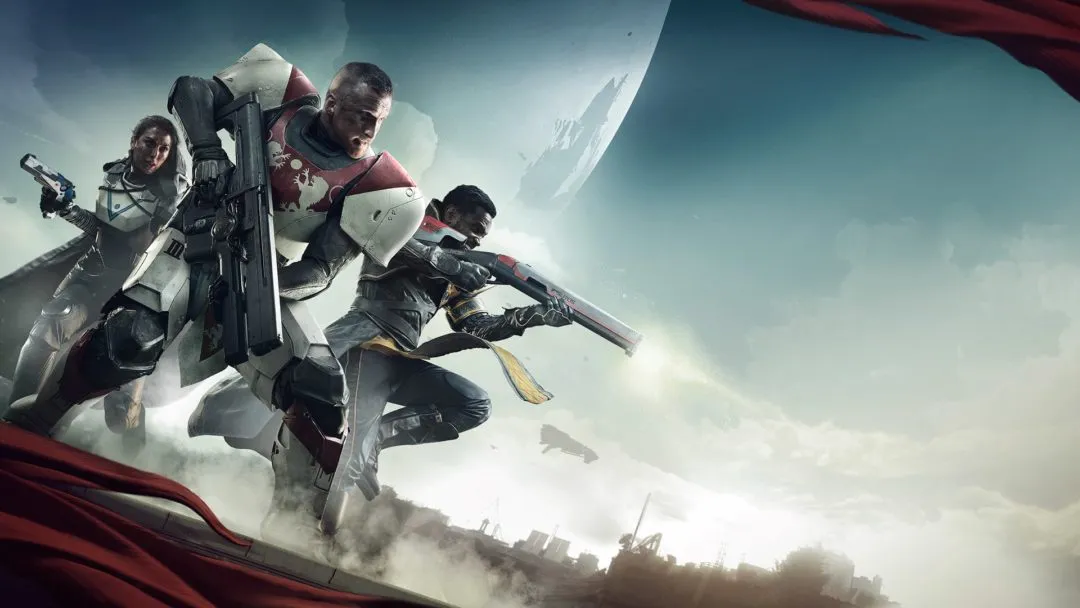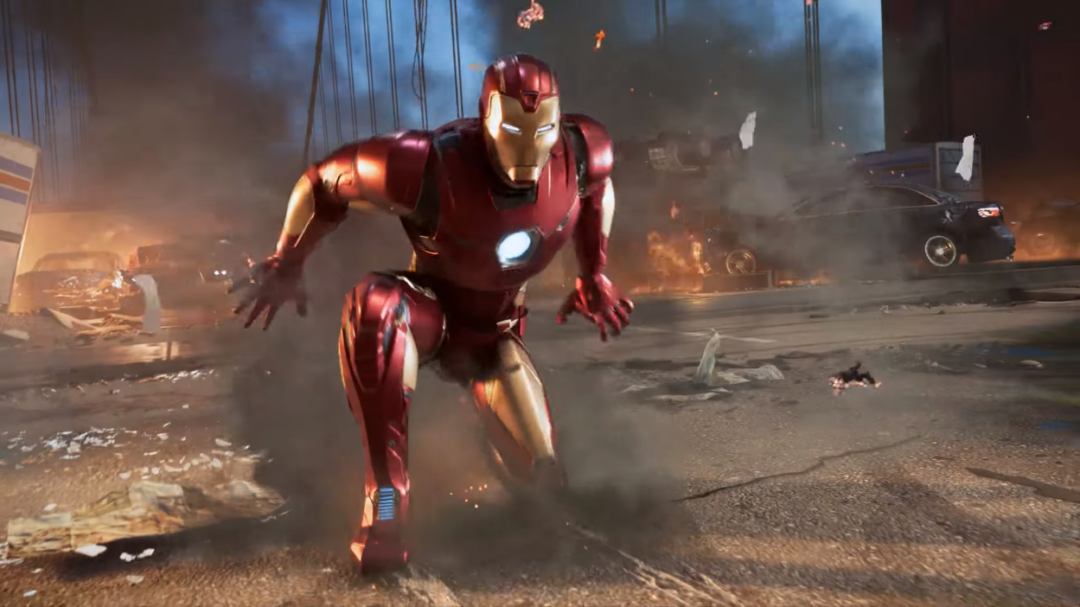
Unfortunately, Yahtzee ninja’d me and said exactly what I wanted to say about the whole “Roger Ebert says games aren’t art” thing. If you want to know my take on it, just read his. I tried just crossing out his name and turning that in as my weekly column, but Susan caught me and made me write “I will not plagiarize Yahtzee” 500 times. (Thank goodness for copy / paste.)
For the lazy, my position is that I disagree with Ebert. (Duh.) I think games are art, but I think Ebert is a great guy and not quite deserving of the hate and vitriol gamers have been hurling at him. He’s a guy with an opinion. Like all critics, he is valued not because his opinion is somehow more valid than anyone else’s, but because of the skill and depth of knowledge used to share that opinion. Honestly, if I had ten minutes with the guy I’d much rather spend them talking about movies than browbeating him because he refuses to take my hobby seriously.
So instead of just re-hashing Extra Punctuation, let me cheap out on you and talk about games that do the “games as art” thing really well.
If you had someone who wasn’t a serious gamer and who was undecided on the issue of “games as art”, what games would you have them play? It’s a more difficult question than it seems. Remember that you’re trying to persuade a relative newbie. It’s no good throwing them into a shooter where they will have to learn how to play before they can make any progress. There’s not much art to be found in the game over screen, and they will most likely be frustrated long before they’re engaged. I’d also steer clear of games that already have tons of media saturation. My goal would be to show them the area of gaming they haven’t seen. I’d also avoid really bloody games. Show someone God of War and then later ask them what they thought of it. I’m willing to bet they won’t comment on the story, mythology, architecture, music, or character designes. Instead, they will remember the flying entrails and severed heads. I’d also stay away from long games. I don’t think the skeptic is going to be willing to play ten hours of Final Fantasy before they can get to the part where the plot takes off. Lore-heavy sequels like Metal Gear 4 are also a bad pick. As a newcomer to the series, I can promise you the story and setting of MGS4 are incomprehensible gibberish if you don’t have someone sitting beside you and explaining who these people are. (My brother is a huge Metal Gear fan, and even with his help I was still baffled by much of what was said.)

With those guidelines in mind, here is my own list of games I’d use to win over the dubious non-gamer.
The Longest Journey
An old-school adventure game of gathering up inventory items and using them to solve puzzles. It’s very accessible, varied, inventive, and (in the end) quite moving.
An adventure game is a good choice for someone trying to get a feel for games. It flows the most like a movie while still giving you some interactivity. At its worst, an adventure game is at least as much a work of art as a movie. Adventure games crashed back in the late 90’s, but the new crop of the last few years has revived and even improved the genre, and today’s adventure games are better than ever. (This, coming from a guy who is always whining about how good we had it in the good old days.) Monkey Island, Sam & Max, Strong Bad. Any of these games would make a solid case for “games as art,” provided the player wasn’t a humorless sack of chicken feed. I chose The Longest Journey not because it’s a better game game but because it has a more serious and artsy tone and more emotional range.
Jade Empire
A gorgeous martial arts adventure from BioWare. Some people might prefer the stories and settings of KOTOR, Mass Effect, or Dragon Age, but I think Jade Empire makes a better case to the uninitiated. It’s not as number-crunchy as the other games and is more story-heavy. Also, martial arts are beautiful and the Chinese-inspired fantasy setting is both fantastic and unique.
Portal
A first person game, so I probably wouldn’t want someone to start with this right off the bat. (I always feel the need to stress how hard it is for an adult to learn to navigate a first-person world if they’ve never done it before.) But since the player doesn’t need to shoot and only needs to be able to walk around without bumping into things, this is a great first step. More importantly, Portal has some of the best writing in a videogame, ever. If GlaDOS doesn’t fill you with uneasy laughter and paranoia, then you probably thought Braveheart sucked because Mel Gibson didn’t win.
World of Goo
The… story? Setting? Premise? I don’t know what to call it, but whatever it is that World of Goo is based in, it works. It’s strange. It’s different. It’s playfully open to interpretation. It’s even thought provoking. It communicates indirectly with the audience, which is a pretty artsy thing to do.
(Some people might be tempted to go for Braid, but much of that game is spent paying homage to the classic platformers of our youth, and that sort of thing is likely to sail right over the head of our newcomer.)
Silent Hill 2
This game is likely to come off as arbitrary and weird if the player doesn’t have some sort of familiarity with Japanese horror. But assuming they like oddball stories that mess with your head, this game is an excellent specimen. The separate difficulty sliders allow you to turn the combat difficulty and the puzzle difficulty way down if needed.
Of course, no list column would be complete if it didn’t turn things around and ask the reader to join in. So how about it: What games would you have an Ebert sort of person play if you wanted to make the case?
Shamus Young is the guy behind Twenty Sided, DM of the Rings, and Stolen Pixels. He suggests that once the newcomer believes that games are art, you should have them play Halo multiplayer and see if you can get them to change their mind again.





Published: Apr 30, 2010 09:00 pm